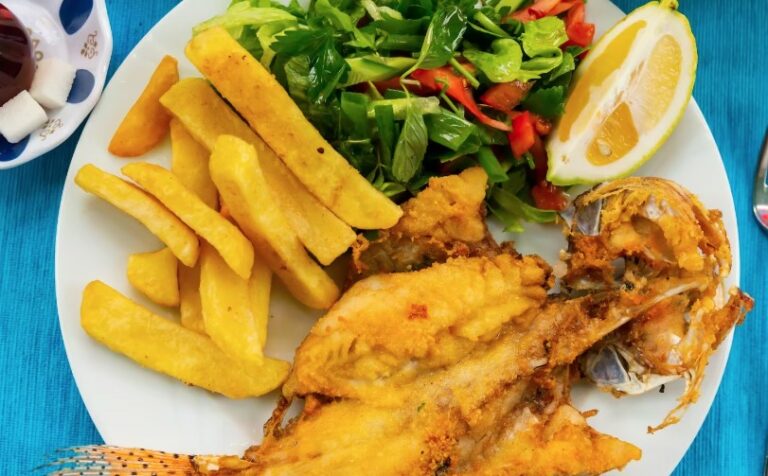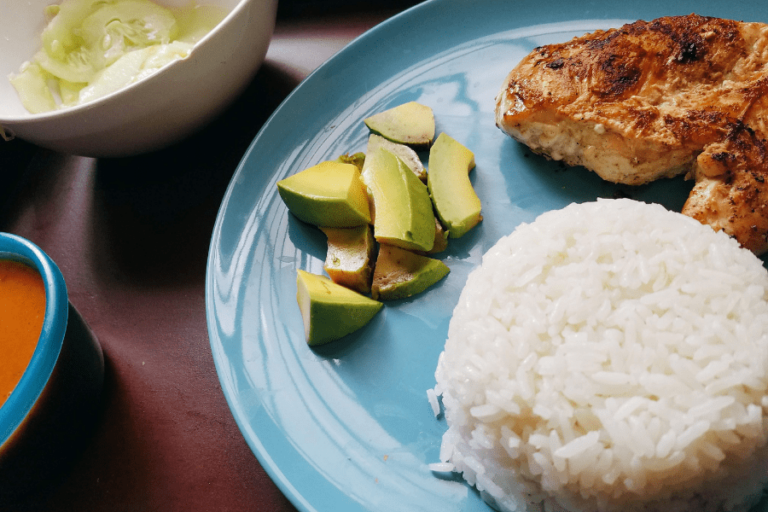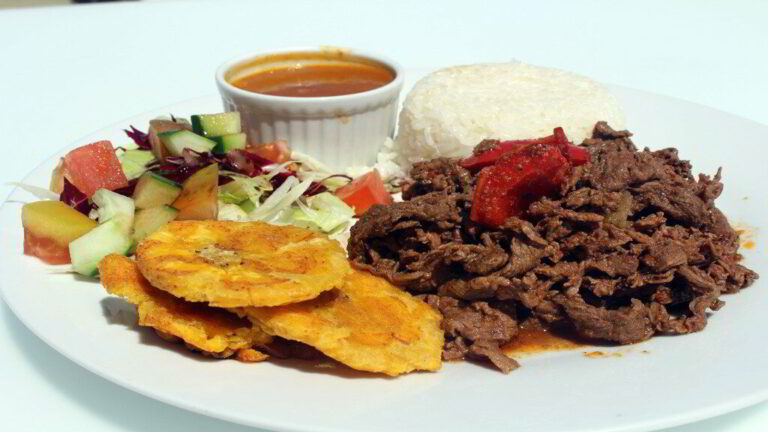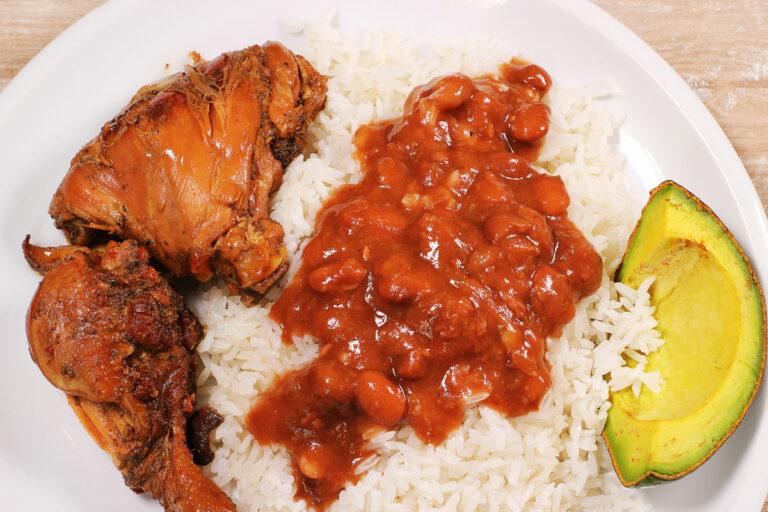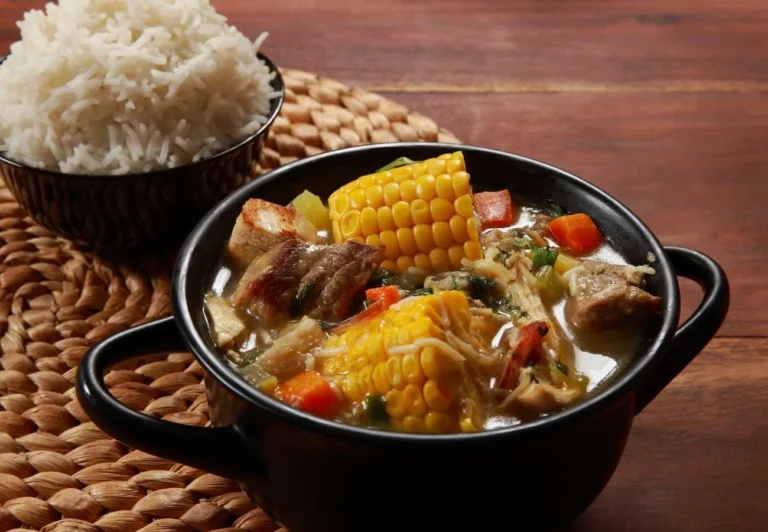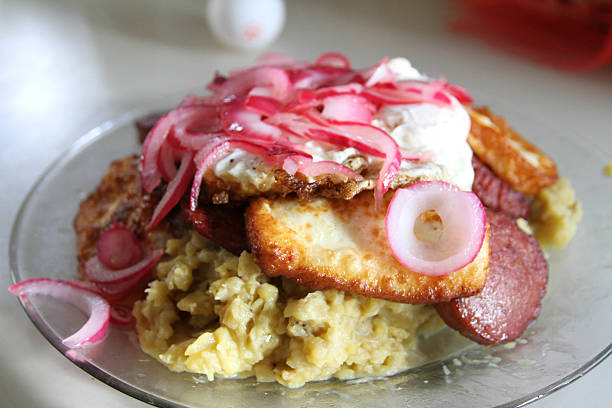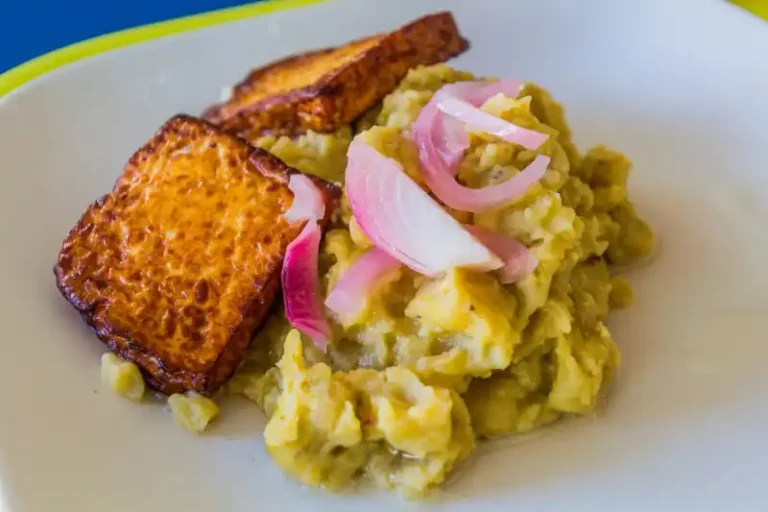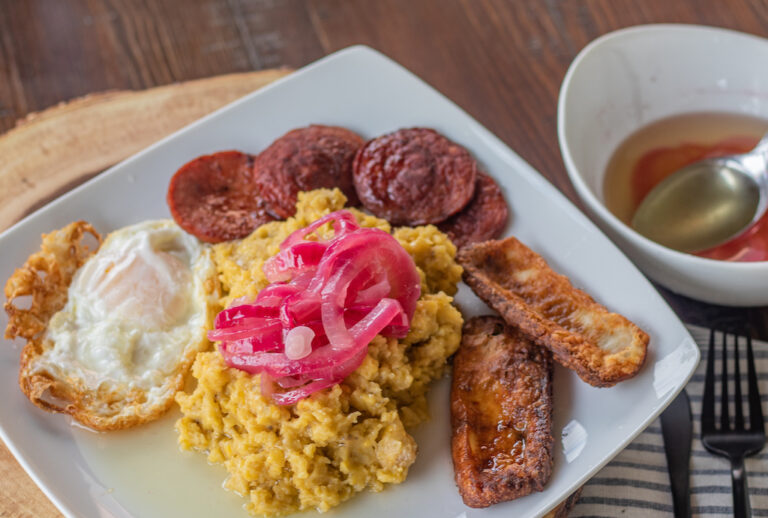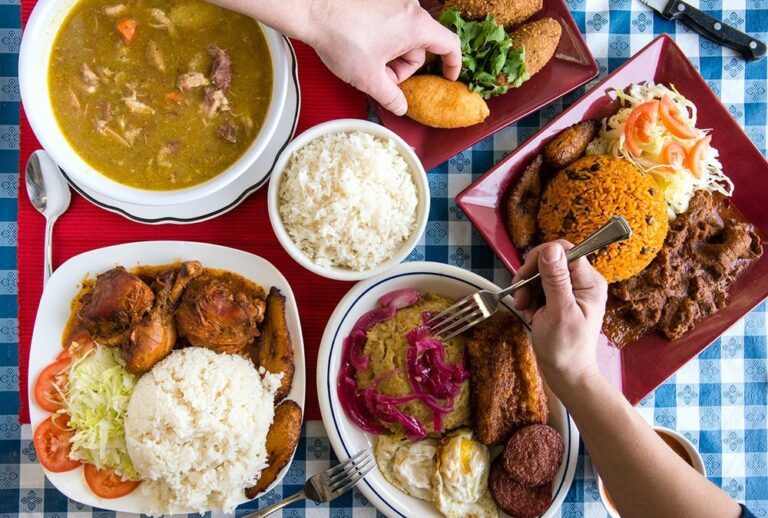Introduction: Coconut milk in Dominican cuisine
Coconut milk is a prominent ingredient in Dominican cuisine, adding a creamy and rich flavor to dishes that are unique to the island’s culinary traditions. It is a versatile ingredient that can be used in both sweet and savory dishes, and is often a key component in many traditional Dominican recipes. The use of coconut milk in Dominican cooking is a reflection of the island’s tropical climate, which is ideal for cultivating and harvesting coconuts.
History of the use of coconut milk in Dominican cooking
Coconut milk has been a staple ingredient in Dominican cooking for centuries, dating back to the time of the Taino people, who were the island’s original inhabitants. The Taino people used coconut milk in many of their traditional dishes, such as a stew made with fish and yucca, which was cooked with coconut milk and spices. When the Spanish colonized the island in the 15th century, they introduced new ingredients and cooking techniques, but coconut milk remained a key ingredient in many dishes. Today, coconut milk is used in a wide variety of Dominican dishes, from soups and stews to desserts and beverages.
Nutritional value of coconut milk in Dominican dishes
Coconut milk is a rich source of vitamins and minerals, making it a nutritious ingredient that adds flavor and nutrition to Dominican dishes. It is high in fiber, protein, and healthy fats, and contains vitamins C, E, and B-complex, as well as iron, potassium, and magnesium. Coconut milk is also lactose-free, making it a good option for those who are lactose intolerant or have dairy allergies.
Popular Dominican dishes made with coconut milk
Coconut milk is used in many of the signature dishes of Dominican cuisine, including sancocho, a hearty stew made with meat, vegetables, and tubers; locrio, a rice dish similar to paella; and habichuelas con dulce, a sweet dessert made with red beans, coconut milk, and spices. Other popular dishes that feature coconut milk include arroz con coco, a coconut rice dish; camarones en coco, shrimp cooked in coconut milk and spices; and dulce de leche de coco, a sweet coconut milk pudding.
How to make coconut milk from scratch in Dominican Republic
Making coconut milk from scratch is a common practice in the Dominican Republic, and it is a simple process that can be done at home. To make coconut milk, you will need fresh coconut meat and water. First, crack open the coconut and remove the meat from the shell. Then, blend the coconut meat with water in a blender or food processor. Strain the mixture through a cheesecloth or fine mesh strainer to remove any pulp. The resulting liquid is coconut milk, which can be used in a wide variety of dishes.
Substitutes for coconut milk in Dominican recipes
If you don’t have access to fresh coconut or coconut milk, there are several substitutes you can use in Dominican recipes. Some alternatives include almond milk, soy milk, oat milk, or cashew milk. However, it’s important to note that these substitutes may alter the flavor and texture of the dish, and may not provide the same level of richness and creaminess that coconut milk does.
Buying and storing coconut milk in Dominican Republic
Coconut milk is readily available in most grocery stores and markets throughout the Dominican Republic. It is sold in cans or cartons, and can be stored at room temperature until opened. Once opened, coconut milk should be refrigerated and used within a few days. It is also important to read the label carefully and choose a brand that does not contain added sugars or preservatives.
Conclusion: Enjoying the taste of coconut milk in Dominican cuisine
Coconut milk is an important ingredient in Dominican cooking, adding flavor, nutrition, and versatility to many traditional recipes. Whether you’re making a savory stew or a sweet dessert, the creamy and rich taste of coconut milk is sure to delight your taste buds. By learning about the history and uses of coconut milk in Dominican cuisine, you can discover new flavors and techniques that will enhance your culinary skills and enrich your dining experiences.

